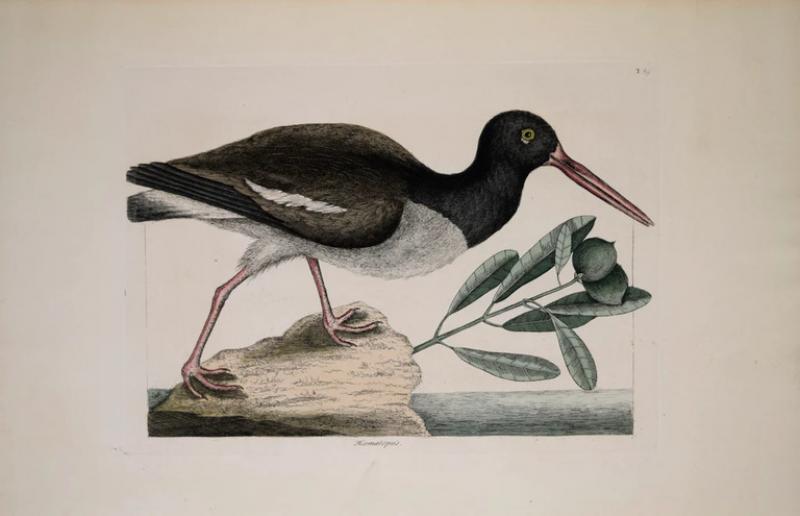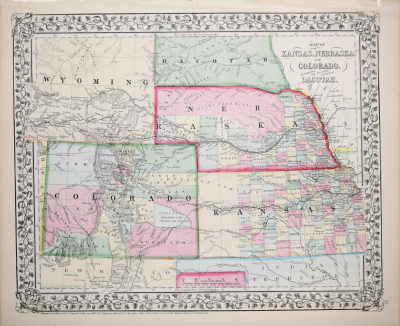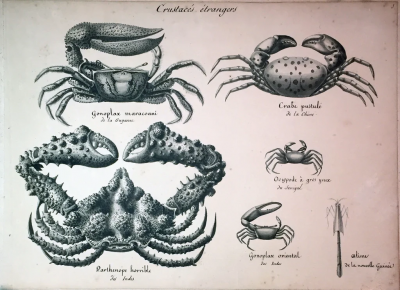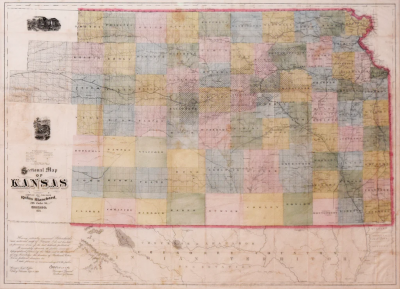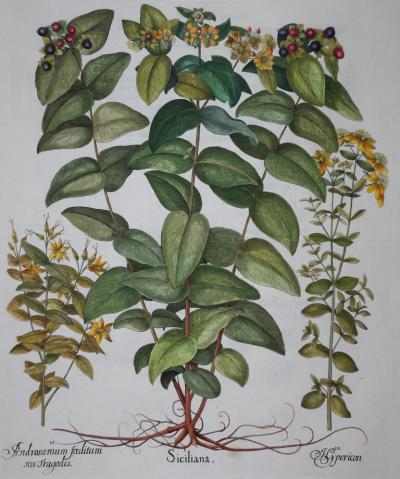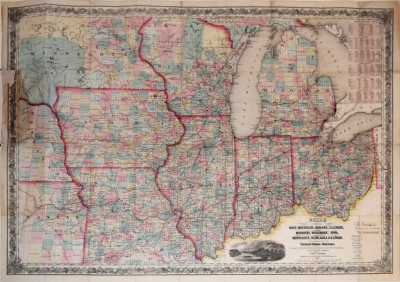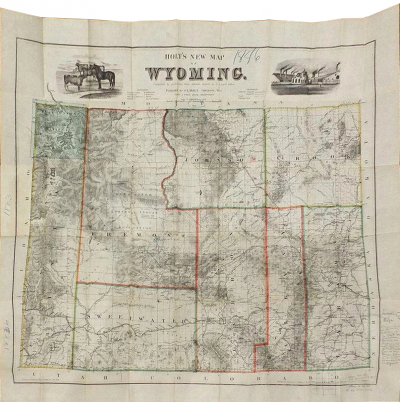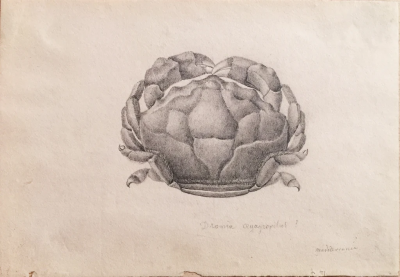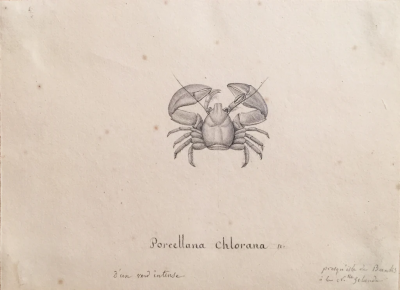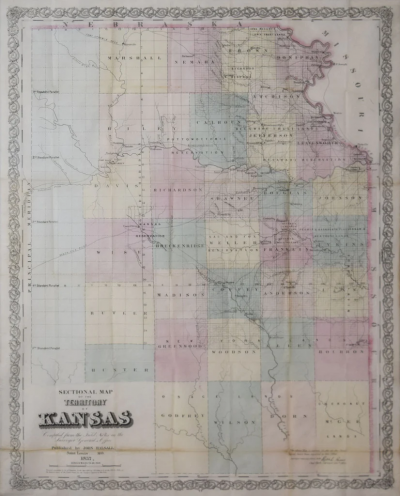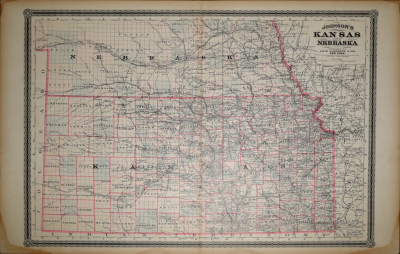- FINE ART
-
FURNITURE + LIGHTING
Shop By Category
Shop By Artist
- NEW + CUSTOM
- DECORATIVE ARTS
-
JEWELRY
Shop By Category
Shop By Artist
- INTERIORS
- MAGAZINE
Offered by:
Arader Galleries
1016 Madison Avenue
New York City, NY 10075 , United States
Call Seller
215.735.8811
Showrooms
MARK CATESBY (1683-1749), T85-THE OYSTER CATCHER
Price Upon Request
-
Tear Sheet Print
- BoardAdd to Board
-
-
Description
Mark Catesby (1683-1749)
T85-The Oyster Catcher
from Natural History of Carolina, Florida and the Bahama Islands..., Volume 1
Published, London, 1771-1810, Third edition
Engraving with hand coloring
Image size: 14 x 21"
Ref: Anker, Bird Books and Bird Art, 95
The Oyster Catcher.
Weighs one pound and two ounces; the Bill long, streight and of a bright red colour, contracted near the basis, and towards the end compress'd: the Irides of their Eyes are yellow, encompassed with a red Circle: the whole Head and Neck black, having a spot of white under the Eyes; all the under part of the Body, dusky white: the larger Quill-feathers are dusky black: the Tail is short, black towards the End, and towards the Rump white: the upper part of the Body and Wings, brown, except a broad white line, which runs along the middle of each Wing; the Legs are long and thick, and of a reddish colour. It has only three fore-toes, wanting the back-toe. Their Feet are remarkably armed with a very rough scaly skin. In Rivers and Creeks near the Sea there are great quantities of Oyster-banks, which at low Water are left bare: On these Banks of Oysters do these Birds principally, if not altogether, subsist; Nature having not only formed their Bills suitable to the Work, but armed the Feet and Legs for a defence against the sharp edges of the Oysters. The Hens differ from the Cocks in not having the red circle round their Eyes, and their Bellies are of a more dirty white than in the Cocks: In the Maw of one was found nothing but indigested Oysters.
This Bird seems to be the Haematopus of Bellonius, Will. p. 297. notwithstanding there is some small difference in their description. I have seen them on the Sea Coasts both of Carolina and the Bahama Islands.
Frutex Bahamensis foliis oblongis succulentis, fructu subrotundo unicum nucleum continente.
This grows to the size of a small Tree; the leaves stand by pairs on foot-stalks about an inch long; they are long, thick and succulent: at the ends of the stalks grow in pairs, and sometimes singly, round flat Seed-vessels, about the breadth of a shilling: the fruit is of the substance of a Bean, and, like that, divides in the middle: it is cover'd with a thin membrane of a pale green colour. I had no opportunity of seeing the Blossoms, tho' I was told they were very small and white. The Bark of this Tree is used for tanning of Sole-leather. -
More Information
Documentation: Documented elsewhere (similar item) Period: 18th Century Condition: Good. Styles / Movements: Other Incollect Reference #: 640443 -
Dimensions
W. 21 in; H. 14 in; W. 53.34 cm; H. 35.56 cm;
Message from Seller:
Founded in 1971, Arader Galleries is the leading dealer of rare maps, prints, books, and watercolors from the 16th to 19th centuries. Visit us at 1016 Madison Avenue, NYC, or contact us at 215.735.8811 | loricohen@aradergalleries.com |
Sign In To View Price
close
You must Sign In to your account to view the price. If you don’t have an account, please Create an Account below.
More Listings from Arader Galleries View all 1351 listings
No Listings to show.
- MAP OF KANSAS, NEBRASKA, COLORADO, SHOWING ALSO THE SOUTHERN PORTIONS OF DACOTAH
- CRUSTACES ETANGERS GONOPLEX MARACOANI...
- RUFUS BLANCHARD (1821-1904), SECTIONAL MAP OF KANSAS
- ALVIN JEWETT JOHNSON (AMERICAN, 1827 - 1884), JOHNSON’S MISSOURI AND KANSAS
- BASILIUS BESLER (1561-1629), SICILIANA
- GUIDE THROUGH OHIO, MICHIGAN, INDIANA, ILLINOIS, MISSOURI, WISCONSIN
- HOLT'S NEW MAP OF WYOMING. COMPILED BY PERMISSION FROM OFFICIAL RECORDS
- RAND MCNALLY & CO., KANSAS
- CALUPPA INCONSPECTRA...
- A PLAN OF THE PROGRESS OF THE ROYAL ARMY FROM THEIR LANDING
- DRONIA OEGAGROPILUS. MEDITERRANAE
- PORCELLANA CHLORANA PRORQ EN’ISLE DU BANKS DE LA N. GRENADA
- JOHN HALSALL, SECTIONAL MAP OF THE TERRITORY OF KANSAS...
- ALVIN JOHNSON & CO., JOHNSON'S KANSAS AND NEBRASKA















